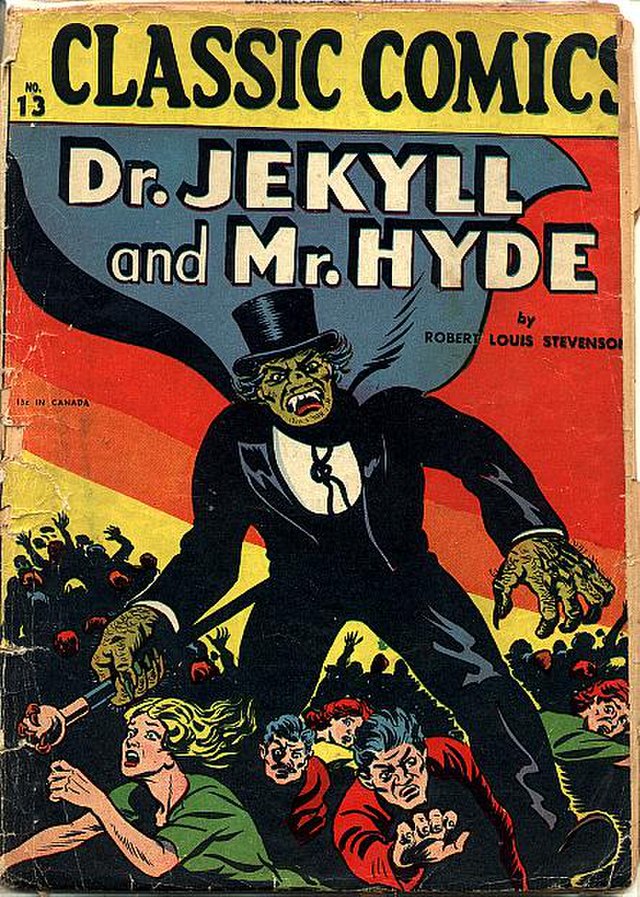Are you reserving high intelligence for spell-casting monsters? Stop it! It’s time for a Clever Brute!

While Gabriel and I were walking today, he was discussing his experience with the Shadowdark Map Generator (p. 130, core rules), and he mentioned one of the possible outputs for Solo Monsters was ‘Clever Brute’.
The phrase has been rattling around my head. I’m embarrassed to admit that my Brutes are frequently middling intellects at best. If Shadowdark’s generator is to be believed, Clever Brutes account for 1/9 of ‘Solo Monsters’. The remedy? Autodidactic Brute School! And I’m sharing my notes!
Five thoughts, two variants, let’s goooooooo!
Five Clever Brutisms
What is a Clever Brute? Your call, but I’d use an Ogre statblock, slap a few extra abilities on it, and call it a day. I recommend putting this fellow somewhere your heroes will have to cross a few times. Have him attack, drain some resources, threaten a bit, then retreat.
He’s got all the time in the world.
#1 Dungeon Master
Not only does the Clever Brute know every nook and cranny of its home dungeon, it’s also adapted to navigate the hostile terrain in a way your players are not. For most brutes, this can be very simple: they can use heavy doors the PCs struggle to open. Ask for an Action and a STR DC 18 to open doors (or Open Doors at -1 for Old School games). The Brute’s strength isn’t just a weapon; it’s a source of mobility. Use hit-and-run tactics; let the Brute disappear into the dungeon while the players strain against the doors.
Other than strength, there may be other ways the Brute can travel that are less available to players. Example: the Brute is a boneless ape that can slither through the dungeon’s pneumatic tubes. Spider Climb, Water Breathing, or even just a good vertical jump can all add interest by claiming certain movement routes as monster-only.
#2 Unkillable
Stage Magicians say that one piece of information is the difference between dexterity and magic; the magician knows, and the audience does not. Our Clever Brute seems invincible; it pops up, fights to half-health, and then flees. When it resurfaces a few rounds later, it’s at full health again. What gives?
Put a magic fountain on the dungeon floor above the Brute. Bathing in the fountain closes wounds (d8/turn); drinking it neutralizes poisons. The magic fades if the water is removed. There is a narrow drain in the bottom that leads to a secret chamber on the Brute’s floor. The Brute retreats to the fountain whenever it loses the PCs, heals, then re-emerges to prevent them from resting.
If the PCs figure out the Brute is using the same fountain they were on the floor above, they could plug it, or ambush the monster in its own fountain. If they don’t figure it out, their foe possesses a mysterious healing ability!
#3 Knows All
Trap-making Kobolds are a classic. Why not trap-making ogres and giants?
Alarms are a great trap; they justify all sorts of ambushes and raise tension without depleting resources. Let the Brute lure heroes into pit traps before engaging, use water features to extinguish torches, and slam doors shut to divide the party. Think of this dungeon floor as a series of weapons in a guerrilla war.
Sprinkle illusions across the lair: bridges, fires, pits. Mix them with real versions of the same things. The Brute knows which are which, but the players do not.
If the heroes can penetrate the Brute’s secret chambers, they can find blueprints, maps, and diagrams of all the dungeon’s tricks and traps; maybe now they can use them against the dungeon’s other inhabitants. Information makes memorable treasure!
#4 Loner
I find there’s often a tension between wanting a dungeon floor to feel like an ancient and abandoned place while also needing it to host an exciting variety of monsters to encounter. The Clever Brute solves a lot of that. Because the individual encounters are defined by the environmental advantages used against the players and the amount of time the attrition has gone on for, you can get a lot of encounters and a lot of encounter variety out of one monster.
Additionally, that one monster covers a lot of territory. Ideally, I’d give a Clever Brute at least five or six rooms where it could potentially strike, plus one or two secret rooms it can fall back to that it thinks the players won’t find.
#5 Negotiator
If the tide turns against it, it has a plan. It will bargain for its life; it has treasure stashed, as well as a few last desperate traps and fake jewels. It will be no more honest than it has to be to survive.
Variants
Vampires
Vampires are the best! They make great clever brutes; they can turn into mist, they regenerate naturally, and they can have big castles full of traps. Consider making that cross-floor healing fountain a blood fountain.
Sandman
Our ongoing Cursed Scroll #2 game continues; we’re halfway through Gabriel’s version of the Paradise Prison! I keep thinking of other desert-y dungeon ideas. Having an ogre who turns into a colossus of sand sounds sweet; he could slip through bars and regenerate in sand waterfalls. The illusions in his lair could be the work of a captive mirage; perhaps they hold each other as mutual hostages, too spiteful to end their cold war and let the other go free.
Check out our Shadowdark Monsters, Troika Monsters, and Djurum-themed desert content! If you like what you see, treat yourself to an adventure module before you go, or be a real altruist and leave us poor RPG nerds a comment.
